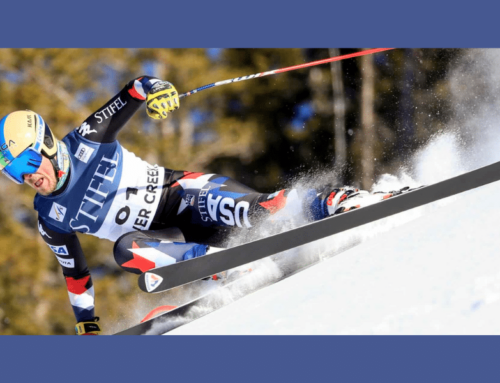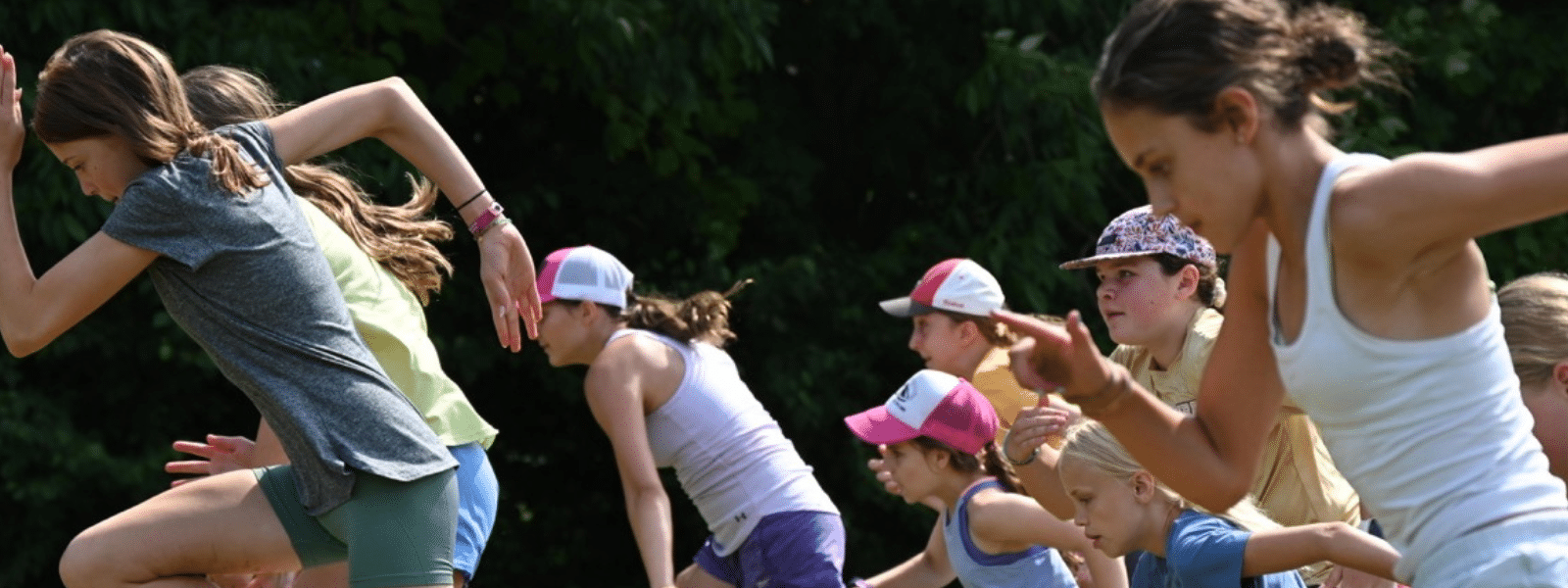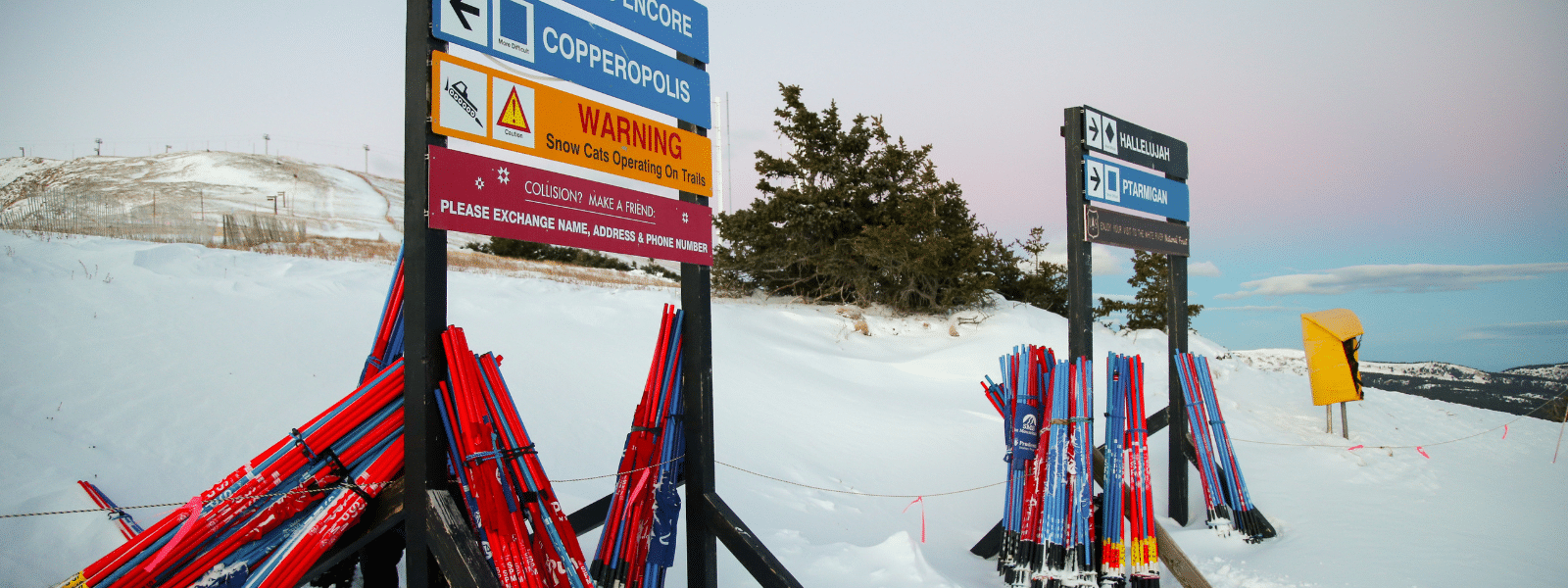American Downhiller Beach Camp: It’s Not What You Think
One week before a recent three-day conditioning camp began, the men’s speed team received an ambiguous email from Johno Mcbride, our Head Coach, which read: “Boys, hope all is well. Please bring mountain bike shoes, pedals, swim trunks, work out gear, a water bottle and please let me know your foot size. –Thanks, Johno.”
Any request for more details about what we would be doing received a stock answer, “You will find out soon enough.” A couple days later, driving from LAX to Malibu, we shared the same question: “does anyone know what the heck we are doing?” We would find out soon enough.
With Project 26 underway, the men’s speed team had their own Project 19 in Malibu, California. Before going, I thought, “Sounds nice, beach camp in Malibu.” Technically, it was just that, but with a lot more purpose and ideology.
We had the opportunity to work with Dr. Andrew Walshe, Head of High Performance at Red Bull and former Sports Science Director at U.S.Ski & Snowboard. He developed a training environment designed to emulate stress levels experienced during competition in order to develop stress management skills so that athletes can transfer those skills to competition. Understanding and learning how to perform under pressure is a skill that often times does not correlate with “training hard.” It is a skill that is developed individually. This camp added a new component of mental toughness to our team’s foundation.

The American Downhiller crew learned how to control their stress levels through intense breathing exercises and pool time. left to right: Biesemeyer, Jared Goldberg, Steve Nyman, Travis Ganong, and Bryce Bennett. Image Credit: Tommy Biesemeyer
On day one, Andy went over the intended focus for the following days. we were showed a simple stress/performance curve to get a visual for optimizing the right amount of stress to maximize performance. How does one do this? Andy has found that when you try to simulate a race in training to recreate race-day nerves it becomes virtually impossible, because it is not the same. Your mind knows it is not the real thing and its intent is lost. To overcome this, Andy’s methods put an individual in water, finding that holding one’s breath creates an enormous amount of stress, similar to a competition correlating to an athlete’s sport. Through proper breathing techniques and focus that stress can be managed resulting in an optimal performance.
Below is the breathing exercise we used to help control anxiety and energy while prepping for our breath holds.
Exercise:
- Full inhale using step 2 breathing
- Pause… Pause…
- Slow exhale for a count of 8 seconds (all the air out)
- Pause… Pause…
– Repeat –
After spending an hour practicing on the living room floor of our Malibu rental house the team drove to the pool at Pepperdine University and started the process of applying these new breathing techniques during water exercises. We began with eight minutes of the breathing exercise followed by a one-minute under water breath hold, another nine minutes of breathing to a two-minute breath hold, ten minutes of breathing to build to three-minute breath hold, and finally eleven minutes of breathing to a max breath hold. We all got to more than four minutes! I went from not being able to go more than 1:30 of holding my breath to 4:00, and I attribute that to increasing my ability to control emotion and decrease stress, which put me in an optimal spot to perform.
After spending the morning in the pool, we transitioned to mountain biking. As we were gearing up at the bottom of an access road, Andy told us to line up across the pavement. “First guy to the cone wins. 3, 2, 1…GO!” he shouted.
We had no idea what cone he was referring to and why we were on a steep road, not on a trail. Jared Goldberg took the win. After completing the first climb we were sent back down to do it again with the expectation that everyone would finish within the average time of the first attempt. We didn’t accomplish that and were told to try it again. When we approached the finish line on the third attempt we saw no cone at the finish and pressed on for another half mile up the road to find the end, made the window and were done after 6,000 feet of climbing. It was amazing how hard our team was able to go when we worked together and put aside the individual component, highlighting the power of a team.

Finding peace in uncomfortable situations was a common theme of the Malibu camp. Image Credit: Tommy Biesemeyer
Our second day was spent in the sand. We carried logs, tires, each other, and buckets of water up and down a sand dune for four hours. It was hard, but once again the element of suffering together unified the team and no one was giving up. We spent the afternoon swimming 1.5 miles in the ocean, by far my least favorite part. I never asked, but I assume that this was just an exercise to get us nervous and uncomfortable so we would have to control our stress. Since we only had a paddle board beside us, our options for a plan B were limited, unless this whole trip was being filmed for Jaws V.
Looking back on our camp, I’m glad we were not told what we were going to be doing. It was hard, but it had purpose and a message. There are so many times during a World Cup season where plans change, stress levels rise, and frustration becomes a focal point.
This camp created awareness on ways of how to overcome the unknown, controlling anxiety from having pressure to perform, and the power of working together. I have come back from this camp with an understanding of where my weaknesses are and that is extremely valuable. Working hard is the easy part, but what separates the best from the rest? There are a lot of variables, although one common characteristic is an athlete’s ability to perform under pressure. Fortunately for us, that strength can be developed. This camp provided a framework to being able to better fine tune that skill set and I look forward to making myself and my team better this season.





















